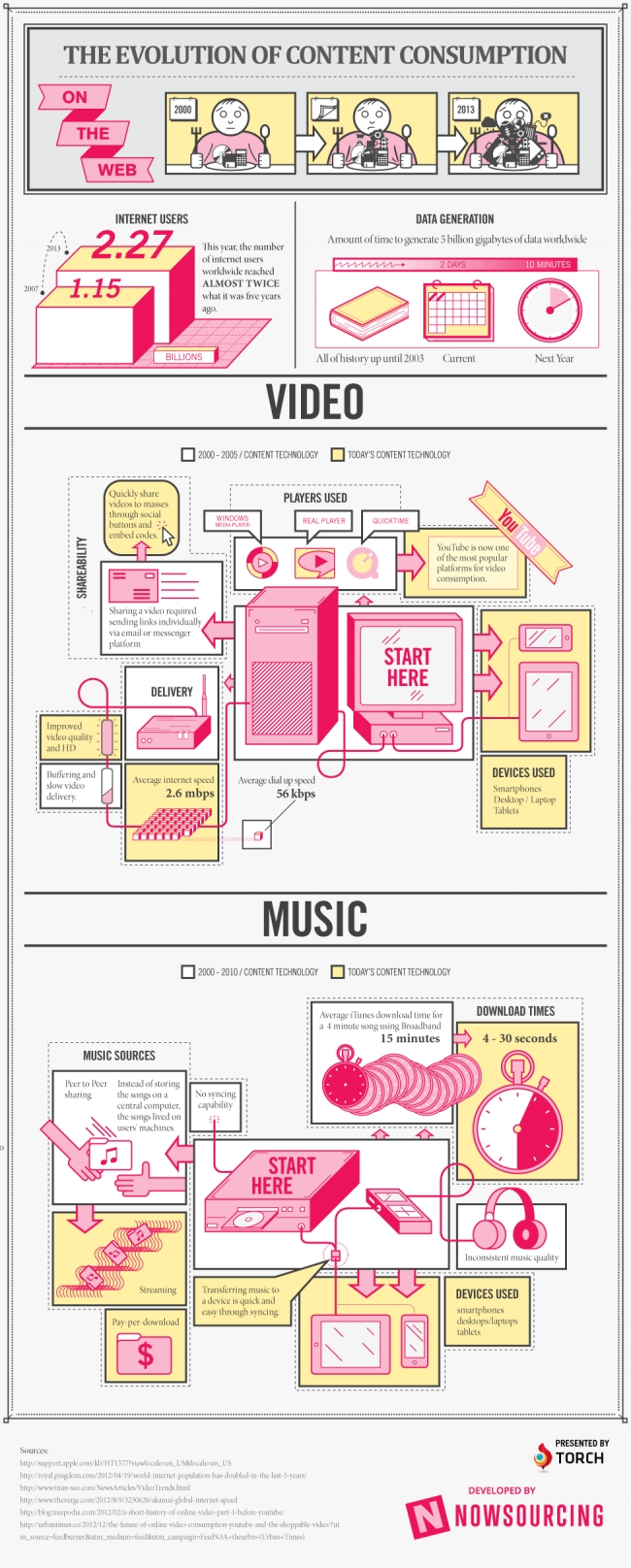On Feb 04, 2014, Satya Nadella was appointed as the new CEO of Microsoft, changing the future direction of Microsoft. The organization had to change, the technology industry itself changes everyday, technology is upgrade, reinvented or simply created from scratch. If an organisation is to thrive in the field of technology, it must adapt and most importantly, it must innovate staying constantly ahead of all it's competitors.
Microsoft's past success has been built on that ability to innovate. For 30 years they have led the creation of new technology, creating products that met consumer demand. Their technology facilitated better business, a trait that has seen them corner the enterprise technology market. That innovation is core to Nadella's appointment and is crucial for Microsoft as the company enters the next chapter in product innovation and growth. The forseeable future of technology will be cloud led, putting Microsoft in a strong position. Nadella was ultimately responsible for the companies strategic and technical shift to cloud, overseeing the development of one of the worlds largest cloud infrastructures, Windows Azure.
The future for Microsoft looks exciting, if not yet certain, but before we dream of flying DeLoreans and robot butlers, lets take a closer look at that past history that has taken Microsoft to where they stand today. Using the follow infographic developed by Firebrand Training, let us go on a whistle-stop tour looking at the history of Microsoft Technology. Take a look at the first desktop operating system, discover email management products you didn't know existed, and puzzle at what exactly a relation database management product is.
















